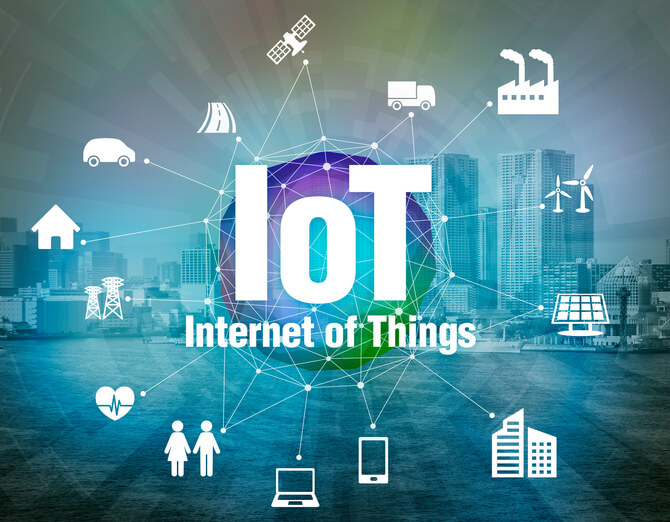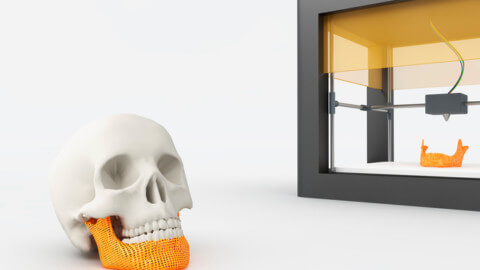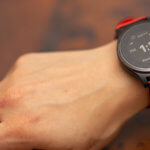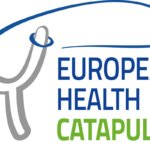The Internet of Things (IoT) – The past, present, and future
The textbook definition of IoT is,” A dynamic global network infrastructure with self-configuring capabilities, identities and physical standards based on interoperable communication protocols.” The Internet of Things has been one of the profound discoveries of the 21st century, and the fusion of this advancing technology with medicine with the arrival of IoT in health care has created the space and demand for it to prosper.
A study conducted by McKenzie shows that by 2025, the net value of IoT will be almost 11 billion dollars with nearly 1.6 billion dollars coming from health care and medicine. IoT has been instrumental in providing a lot of data dumps, which in turn leads to more innovative business models regarding data and business analytics.
The technology has transgressed from the “Internet of People” to the “Internet of Things” with the connected devices per person has increased drastically from 0.08 to 6.58.
Smartphones are the most common devices connected through IoT. Furthermore, it is not just the smartphone that is connected to the network; it is the sensors used in the smartphones that are being utilized for healthcare purposes via mobile applications.
IoT has dwelled into consumer variables and has now emerged in the connected personal health device domain. This breakthrough has been aimed at replacing the use of conventional, yet sophisticated medical devices in health and patient care. Eg. Smart Inhaler, Portable Ultrasound, EEG and ECG Modules.
The prospects of IoT revolve around the enhancement of connectivity and development of low-cost sensor patches and implants.
The overall perspective is to cater to all the points of the care continuum. Erroneous judgment and medical mishaps can be avoided through efficient implementation of IoT in healthcare, including automation in medicine. The point of care are integrated by IoT concepts, and hopefully, this step will enable data-driven decision making.
In a nutshell, this concept is more of an evolution than a revolution. E.g., The Smart Home initiative
| Recommended for you | |
| IoT security framework from CISCO | |
| Internet of Things arrives in health sector | |
| Big data in medicine |
Data analysis and handling in IoT
The data obtained from IoT devices is primarily unstructured data. In technical terms, it is known as data veracity- uncertain, a large volume of data which cannot be put into a pre-defined template. Since the advent of IoT in healthcare, there have been huge data dumps from medical devices. This calls for a standard framework of authentic interoperability. Now, interoperability, contrary to popular belief is an organizational problem rather than a technical issue.
The idea here is to add meaning to the data obtained from the medical devices to make data-driven decisions. This can be done using a 4 stage concept-
- Descriptive- Data should be received and transferred descriptively and systematically.
- Prescriptive-For example, diabetes patients have to monitor their sugar levels regularly, and the dosage of insulin has to be decided accordingly. The prescriptive analysis would be able to efficiently predict the right amount of dosage depending on the patient needs.
- Predictive- Analyzing trend information and pattern information; Predictive analysis can be used to track the next set of events. E.g., in the case of diabetic patients, constant monitoring of blood sugar levels is required. The predictive analysis takes into account the latest data and can be used to predict a hypoglycemic event. There are a few drawbacks to this platform as well. Uncertainty comes into effect as physiological and exogenous circumstances have to be taken into consideration.
- Cognitive- Using Artificial Intelligence and Machine Learning, a proper roadmap for deciding a medical treatment plan for a certain disease can be a viable aspect in the foreseeable future. E.g IBM’s Watson can handle and compare data from IoT devices and is being used for formulating medical procedures and services, especially for cancer patients.
TeleArzt : IoT in health care
This is a company which aims at ensuring quality patient care in the countryside and the city with the help of medical expertise and telemedical care solutions. In cooperation with Dr. Aßmann from Lindlar, the ProVersorgung Care and the company vitaphone, a comprehensive approach to solutions for the medical care of patients is emerging.
The Telemedic Backpack-Telemedical Equipment is for vital data measurement. The contents of the backpack include
- 3 Channel ECG
- Pulse Oximeter
- Blood Glucose Meter
- Spirometer
- Blood Pressure Monitor
- Libra
- Tablet to record, store and transfer measured data
By means of Bluetooth enabled devices in the backpack, the devices can measure the required values, and the vital data can be directly transmitted to the doctor or physician. Additionally, it also has a platform to support video conferencing, which can be useful in case of emergencies. The devices used for vital data measurement and transmission as well as the software receivers are certified medical products and are being actively used in real time applications. To sum it all up, the Telemedic Backpack has various advantages, like-
- Ensuring quality care
- Optimization of the care process
- Additional communication between the doctor in a digital format
- Bridging supply barriers
- Avoiding unnecessary hospitalization and transfers
- Strengthening the trust relationship between physicians, care assistants, and patients.
- Increased compliance through patient coaching
Speakers: Thomas Norgall, Horst Merkle, Frauke von Wirtz, Dr. Thomas ABmann
Video URL: https://www.youtube.com/watch?v=9hDzmkFAV_4&list=PL98iSagl_rnLG0GhJpYBZI0mdyii3R6Qj&index=40
Upload Date: 5th December 2015
Video code: GS181115 09
Image credit: www.istockphoto.com

















